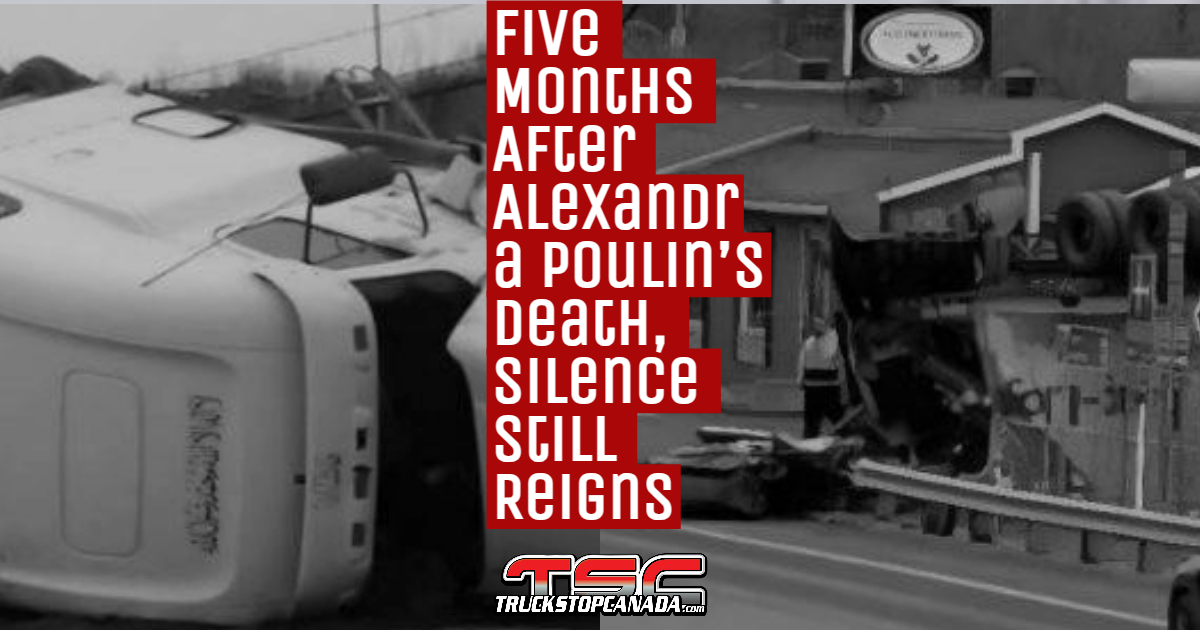In Ontario, a major trucking enforcement operation on August 7 in the municipality of Lincoln made a strong impact, with 50% of inspected trucks taken out of service.
The targeted blitz focused on heavy vehicles using bypass routes to avoid the Vineland inspection station, located along the Queen Elizabeth Way.
Out of 26 trucks inspected, 13 were removed from service and 13 offence notices were issued.
Technology Powering Inspections
The success was made possible by the Truck Bypass Camera Monitoring Pilot Program, launched in 2023 by Lincoln and the Niagara Region. The initiative uses artificial intelligence (AI) to automatically detect heavy vehicles that bypass checkpoints, cross-referencing camera footage with law enforcement databases. This allows officers to focus their efforts on the highest-risk vehicles instead of relying solely on random patrols.
According to a report, several months of monitoring revealed a 27% increase in truck traffic on King Street and a 33% increase on Greenlane Road during the Vineland inspection station’s operating hours.
By targeting repeat offenders, authorities are taking concrete steps to reduce risks on the roads and ensure the safety of residents and visitors, said Lincoln Mayor Sandra Easton.
In parallel, the city and its partners have carried out several safety blitzes over the past year, focusing on trucks that avoid the Vineland station. One such blitz, led by the Ministry of Transportation on September 23, involved in-depth inspections of 20 vehicles. Nine were taken off the road for major safety violations, and five offence notices were issued.
Could This Be Done Nationwide?
Given the effectiveness of this technology, it’s easy to imagine its application across Canada—particularly in Northern Ontario or at the top of steep grades where truck drivers are legally required to stop and check their brakes. These stops are essential to prevent a truck with defective brakes from losing control downhill, as tragically happened in the accident that claimed the life of Alexandra Poulin.
Deploying this type of system could:
- Detect trucks failing to stop as required, in real time.
- Allow authorities to intercept violators before they become a danger.
- Provide video evidence to quickly sanction infractions.
AI could also be used to:
- Detect overloaded trucks by analyzing suspension compression.
- Identify excessive speeds on critical segments, such as mountain descents.
- Automatically monitor school zones for trucks violating traffic laws.
- Flag heavy vehicles with visible defects, such as damaged tires or unsecured loads.
These technologies already exist, such as Weigh-In-Motion systems deployed in Europe and the U.S. to detect overweight trucks on the move, or intelligent camera networks used in Australia and the U.S. to identify heavy vehicles in real time for speeding, bypassing inspections, or damaged tires.
Protecting Roads and Saving Lives
In Lincoln, such operations align with the “Vision Zero” approach, aiming to eliminate road fatalities and serious injuries. Elsewhere in Canada, with proper adjustments, this technology could become a powerful ally to protect road users and prevent new tragedies.
In Quebec, there is a severe shortage of resources and personnel to ensure public safety and intervene with drivers who endanger others. Contrôle routier Québec no longer actively patrols, and there are no targeted checkpoints at strategic points—such as at the top of steep grades in Beauce or other key areas—to stop drivers bypassing inspection stations. In this context, AI and smart cameras are no longer just an asset; they are essential to secure our roads, which are currently vulnerable to serious violations.
The problem is massive: Driver Inc., insufficient training, fraudulent companies—the list goes on, far beyond Quebec. Residents of Northern Ontario know this reality all too well. But if deep reforms take years—and sometimes aren’t even on our leaders’ agendas—why not, at the very least, act now where we can? Deploying these control and prevention tools would be a tangible gain for everyone’s safety, and an improvement that would retain its value even if, one day, other changes finally materialized.
The question is whether we will ever see these tools deployed here. For now, Quebec’s Société de l’assurance automobile du Québec (SAAQ) seems more focused on fighting a decision from the Tribunal administratif du travail (TAT) or dealing with the Gallant Commission than implementing concrete measures on the ground.
We do not want any more lives lost. Alexandra Poulin should never have died that way. Yet months after her death, nothing has changed, nothing has been implemented, and elected officials continue to do what they do best: remain silent and take no concrete action to return road inspectors to our highways, nor to crack down on fraudulent companies exploiting the Driver Inc. scheme.
They may have already forgotten her name, but we have not—and we will continue to remind them. Her memory will remain alive, as the driving force behind the change we will never stop demanding—for her, for the trucking industry, and for all victims and their families, in Quebec and across Canada.
Read More :















